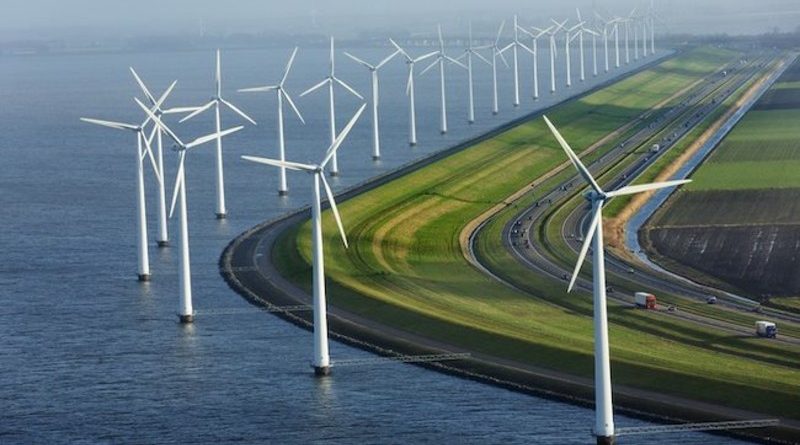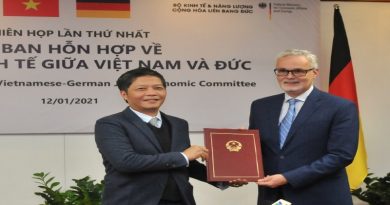GWEC calls on Vietnamese government to extend wind energy in Viet Nam
Without clarity on the feed-in-tariff (FiT) scheme from 2022 onward, investors are facing too much uncertainty to commit to new wind projects in Vietnam, jeopardizing the future pipeline and leading to job cuts in the sector.
Vietnam is the fastest-growing wind market in the region, with 500 MW of onshore and offshore capacity currently installed and at least 4 GW forecast to be commissioned by 2025.
The wind industry is expected to bring 65,000 jobs and around $4 billion of investment into Vietnam by 2025, which will reduce the country’s dependence on imported fossil fuels and improve its energy economy, according to the Global Wind Energy Council (GWEC).
However, investor interest in wind project development in Vietnam has slowed significantly this year, as onshore wind projects typically require two years for development but the current FiT only applies to projects completed by November 2021.
Without clarity on the FiT scheme from 2022 onward, investors are facing too much uncertainty to commit to new wind projects, jeopardizing the future pipeline and leading to job cuts in the sector.
That is why an industry alliance led by GWEC has called on the Government of Vietnam to urgently extend the wind energy FiT scheme.
Ben Backwell, GWEC’s CEO says that Vietnam has been widely recognized for quickly becoming a regional leader of clean energy in South East Asia and attracting investment commitments from a number of world- class companies in the sector.
“The government must now avoid slowing down badly needed investment in wind energy by extending the FiT scheme, thereby ensuring that long-term investments can materialise to create tens of thousands of skilled jobs and provide clean, competitive power for Vietnam’s economy,” says Ben.
In June this year, the prime minister approved an additional 7 GW of new wind projects to be added to Vietnam’s master plan for the power sector. However, GWEC says the reality is that the vast majority of the 7 GW may not materialize, due to lack of certainty on the FiT extension.
Mark Hutchinson, Chair of GWEC’s South East Asia Taskforce says that Vietnam is on the cusp of achieving economies of scale and cost reduction in the wind industry, and this momentum must be maintained if it is to avoid a boom-bust cycle of development.
Mark states that due to project timescales, a delayed FiT extension risks a “bust” period for the wind sector, wherein very few projects will be connected to the grid from 2022-2023. In the long run this will jeopardize the cost reduction made possible by consistent, large-scale supply chain development, and ultimately result in less renewable energy at higher prices for Vietnam.
The situation for the wind sector has now become critical, as the slowdown in investor interest in 2020 has been compounded by disruptions from the Covid-19 pandemic. The alliance says, due to component bottlenecks in the global wind supply chain and less favourable CAPEX rates at future sites for new wind projects, particularly around the Mekong Delta, the investment case for wind projects in Vietnam will be significantly challenged without a transparent and reasonable FiT scheme announced as soon as possible.
Source: The Leader







